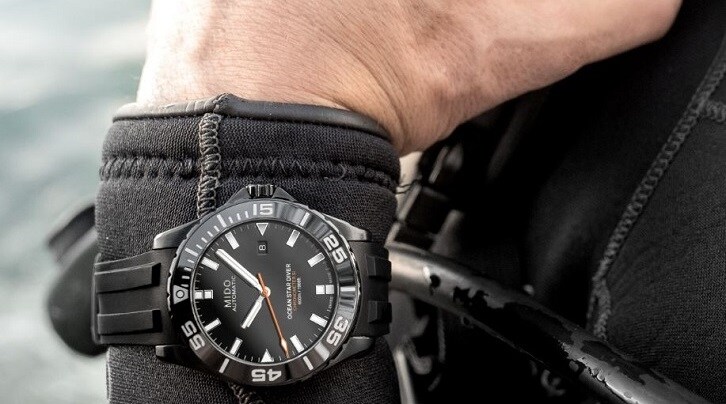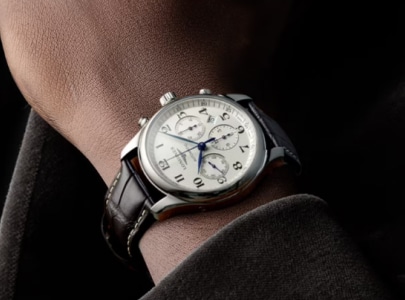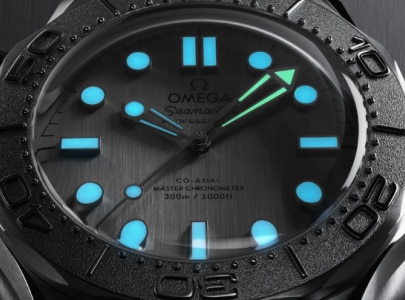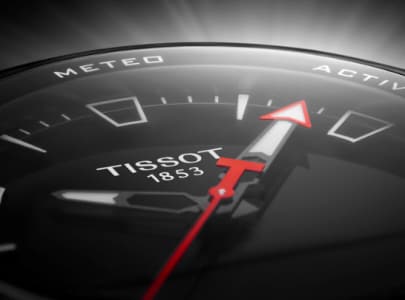Waterproof, watertight or water-resistant? It can be difficult to make sense of the labelling of different watches. Whether you're taking a shower, doing the dishes or diving, you’ll need a watch that’s resistant to water and pressure to some degree. Otherwise, you might be in for an unpleasant surprise.
In watchmaking, resistance to water pressure is measured in bars, metres or standard atmosphere (atm).
“Waterproof” can mean that the casing can withstand a sprinkling of water or just a few drops. If your watch gets wet and you’re not sure what to do, ask your watchmaker to take a look at it.
Usually, a circular rubber seal is used to close the back of the watch and sealed to the casing to make a watch waterproof. Not only does this type of seal keep the watch waterproof, it also ensures that different parts such as the glass (which has to be relatively thick and resistant) remain intact.
A key feature that provides basic protection against water is stainless steel casing. Watches with a screwed back are even more secure.
Then there are diving watches, which generally have a screw down crown for even greater water-resistance. Diving watches tend to have a unidirectional rotating bezel to indicate the remaining diving time, as well as a helium release valve.
A word to the wise: one rule of thumb is that if there is no mention on your watch of water resistance, you can be sure that you watch hates water – which includes a shower of rain or even bathroom steam.
The majority of watches are labelled with a number followed by “atm” (1 atm = 10 metres). If a watch is marked 3 atm, you could be forgiven for assuming that the watch can be used in depths of up to 30m without any issues. However, this is not the case. These ratings are usually allocated by watchmakers in laboratory conditions using still water. You should never take this number at face value.
If a watch is labelled waterproof up to 3 atm, this simply means it can withstand ordinary, everyday use and normal exposure to water (rain and splashes) but is not suitable for use in the swimming pool, shower, or, of course, for diving.
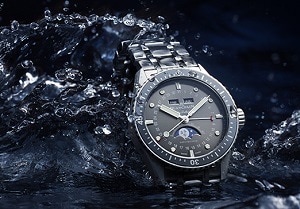
Only watches with a water resistance of at least 5 atm are really suitable for use underwater.
Even at 5 atm, jumping or diving into water is out of the question, especially in the sea. This requires a watch with a water resistance of up to 100 metres (10 atm), which can be worn in both freshwater and sea water. If you want to go snorkelling, however, you’ll need an even more resistant watch.
From 20 atm, you’ll be able to dive and swim in relatively shallow water, but there’s a risk that the mechanism might not be able to withstand the pressure. What’s more, the use of pushers underwater is strongly discouraged, as some are not waterproof at all.
The ISO 6425 standard has been created for those looking for a truly waterproof watch that can withstand pressures of 100 atm. These watches are also suitable for sea water, making it possible to venture out to the depths.
When it comes to straps, opt for rubber or stainless steel and make sure the clasp has an extender so that it can be worn over a diving suit.

